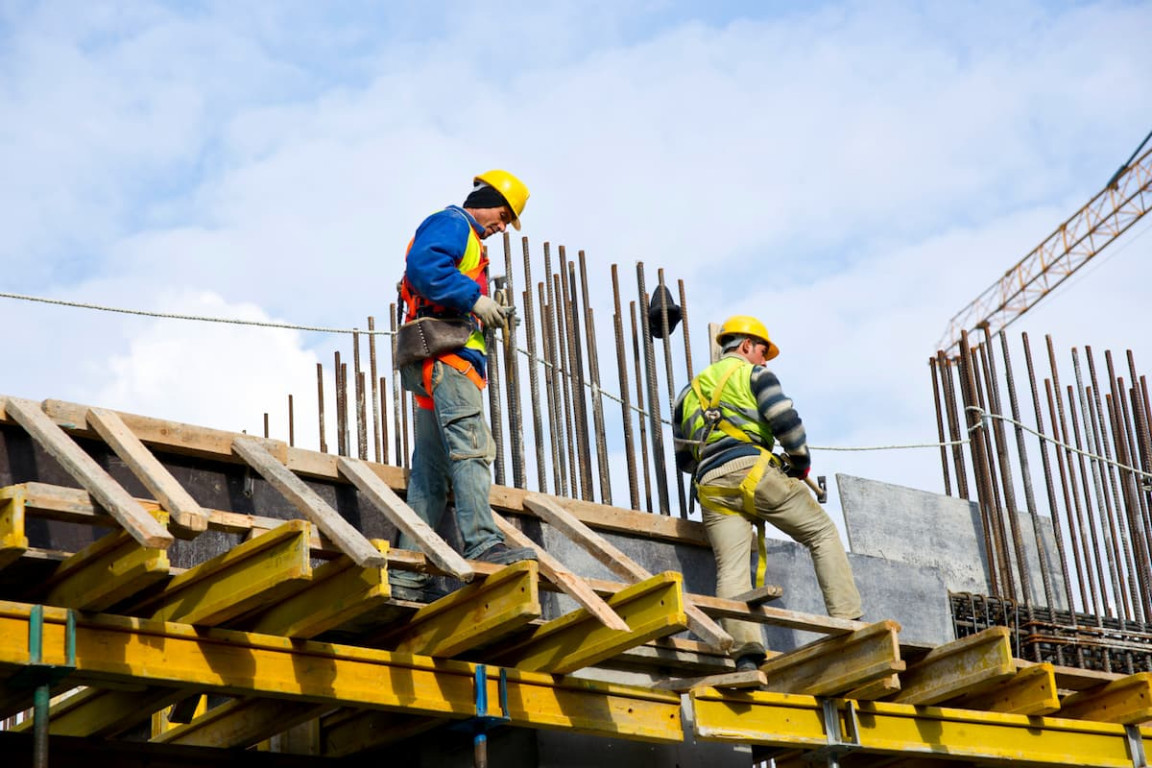Probably the worst enemy of the house is water leakage, particularly in the coastal environment. To avoid water leakage in your house, careful attention to this aspect of building is critical to prevent development of molds and wood rot.
A lot of water leakage comes from around the windows. Frequently, window leak is due to the house wraps and flashing not being installed properly. After a few rainy seasons, windows in many new homes have to be repaired by removing the windows, house wraps and flashing and starting all over again-this time properly. The newest flashing tapes on the market are the peel-and-stick flashing tapes such as Fortiflash. Contact the company and get the details on how to install these tapes.
It has been said there is no such thing as waterproof siding. Overtime, moisture will work its way behind the siding no matter how it was properly installed. This is why we have vapor barrier such as felt paper. You are now required to install drain wraps such as Tyvek drain on top of felt paper. The theory is that any water entering behind the siding will drain down on the drain blanket and out at the bottom. Because of this, it is important that you keep the siding open at the bottom so the water does not get trapped.
In the western states, if the exterior door faces west or south where the strongest wind hits home, door pan flashing in stainless steel should be installed. Care must be taken to measure carefully so the pan fits snugly.
For the doors, you will need to install house wraps properly just as you did for the windows and install Z flashing over the head trim. Even so, no matter how well you weather-tight the door, water from stormy weather can still somehow get in. To completely prevent water intrusion, the door would have to be so tight it cannot be opened. Of course, this defeats the purpose of a door. Thus it is highly recommended that you install a storm door.
Another possible source of water leakage is the fireplace and its brick or stone chimney. The transition from siding to brick or stone is a delicate matter in need of a careful attention to details to keep the moisture out. Even so, the recent trend is to buy a pre-fab fireplace, install stone or brick around the fireplace and use stainless steel pipe for chimney. The exterior chimney would be covered with the same siding, not brick or stone. The advantage: a big cost saving, avoiding possible leakage, and better heat efficiency from the fireplace.
For the whole house, the best defense against water intrusion is to make sure crawl space and attic area are well ventilated, the grade from 6 feet surrounding the house slopes down away from the house and the drainage system from gutters and downspouts is working properly.
The above information will bring attention to the main sources of unwanted moisture in your new home. Make certain your home will be dry, comfortable, and trouble-free for a lifetime.




:max_bytes(150000):strip_icc()/__opt__aboutcom__coeus__resources__content_migration__mnn__images__2018__03__shutterstock_1051823762-0b00dcf9cd99473cabaff5546d745b0a.jpg)